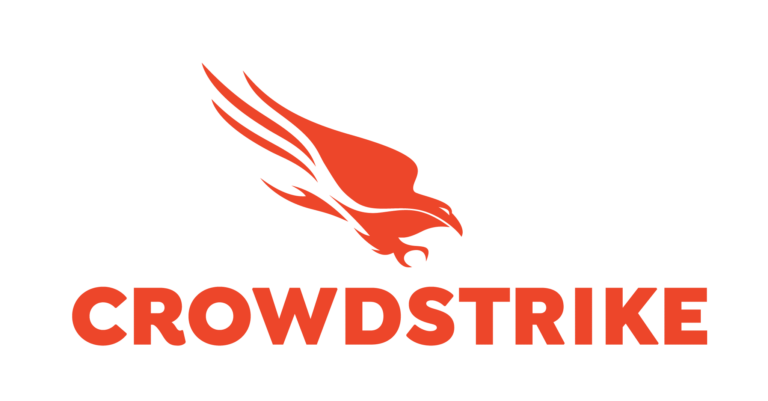Harnessing the Power of Large Language Models
Large language models have emerged as a groundbreaking technology with the potential to revolutionize the way businesses operate. These models, such as OpenAI’s GPT-3, are trained on vast amounts of text data and can generate human-like responses to various prompts. By leveraging large language models, businesses can streamline their operations, enhance customer experiences, and drive innovation. However, it is crucial for organizations to analyze the potential benefits, identify cost-effective solutions, and overcome implementation challenges to fully harness the power of these models.
Analyzing the Potential Benefits for Businesses
The potential benefits of leveraging large language models for businesses are manifold. Firstly, these models can significantly improve customer interactions. Chatbots powered by language models can provide accurate and contextually relevant responses, ensuring a seamless customer experience. This automation can reduce the workload on customer support teams, allowing them to focus on more complex issues while maintaining high customer satisfaction levels.
Secondly, large language models enable businesses to generate high-quality content efficiently. From writing marketing copy to creating product descriptions, language models can produce compelling and coherent text, saving valuable time and resources. This not only increases productivity but also ensures consistent messaging across various channels, enhancing brand image and customer engagement.
Lastly, large language models can fuel innovation and decision-making processes. By analyzing vast amounts of data, these models can generate insights, identify trends, and provide valuable recommendations. This can empower businesses to make informed decisions, optimize operations, and spot opportunities that would have otherwise gone unnoticed.
Key Factors for Identifying Cost-Effective Solutions
While the potential benefits of large language models are apparent, it is crucial for businesses to identify cost-effective solutions. One key factor is selecting the right model for the specific use case. Different language models have varying capabilities, and choosing one that aligns with the business’s requirements can optimize cost-efficiency.
Furthermore, businesses should consider the scalability and integration of language models with existing systems. A cost-effective solution should seamlessly integrate with the organization’s infrastructure and processes, minimizing disruptions and additional expenses. Additionally, exploring partnerships or collaborations with language model providers can help businesses access the necessary expertise and resources without incurring excessive costs.
Another factor to consider is the cost of data and compute resources. Training and fine-tuning language models require significant computational power and extensive datasets. Businesses must carefully assess the expenses associated with data acquisition, storage, and processing to ensure cost-effectiveness. Exploring cloud-based solutions or optimizing resource allocation can help mitigate these costs.
Exploring Implementation Strategies and Challenges
Implementing large language models in business operations requires careful planning and considerations. It is crucial to define clear objectives and use cases for their deployment. This allows businesses to focus the resources and efforts on areas that can generate the most significant impact and return on investment.
One significant challenge is ensuring the ethical and responsible use of language models. Bias, misinformation, and privacy concerns are prevalent issues associated with these models. Businesses must establish robust guidelines and processes to address these challenges, ensuring the responsible deployment of language models to avoid negative consequences.
Additionally, training and fine-tuning language models can be time-consuming and require considerable computational resources. Organizations need to allocate sufficient time and resources for model development and optimization. Collaboration with experts in the field can help overcome technical challenges and expedite implementation.
Case Studies: Success Stories of Leveraging Language Models
Several businesses have successfully leveraged large language models to their advantage. For instance, a leading e-commerce platform implemented a language model-powered chatbot to handle customer inquiries. This resulted in a significant reduction in support tickets and improved response times, enhancing customer satisfaction and operational efficiency.
In the financial sector, a multinational bank utilized large language models to automate document analysis and compliance processes. This enabled them to process documents faster, minimize errors, and improve regulatory compliance, leading to cost savings and enhanced risk management.
These success stories highlight the potential benefits and cost-effectiveness of leveraging large language models in various industries, motivating other businesses to explore similar opportunities.
Maximizing Efficiency with Language Models
As large language models continue to evolve, businesses have the opportunity to leverage their power for cost-effective solutions. By carefully analyzing the potential benefits, considering key factors, and overcoming implementation challenges, organizations can harness the full potential of language models. Case studies demonstrate the success achieved by businesses in various industries, emphasizing the efficiency and transformative impact of these models. By embracing this technology, businesses can streamline operations, enhance customer experiences, and unlock new avenues for innovation, ultimately gaining a competitive edge in the market.




